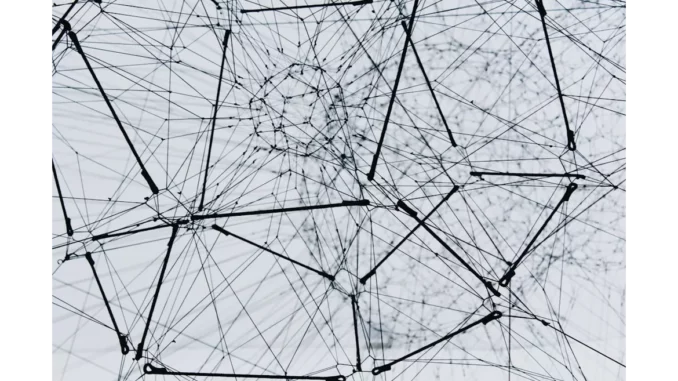
In the bustling world of network storage, where data accessibility and security are crucial, configuring remote access becomes a key skill for professionals and enthusiasts alike. Recently, I had the pleasure of conversing with Alex Thompson, an IT specialist who has spent over a decade in the field of network storage solutions. Alex shared insights into the nuances of configuring remote access using WireGuard, as well as some best practices to ensure a seamless and secure experience.
As we settled into our conversation, Alex explained how the landscape of network storage has evolved. “In today’s digital age, the ability to access your files from anywhere has become more than just a convenience; it’s a necessity,” he opened. “But with this flexibility comes the responsibility of ensuring that your data remains secure.”
Configuring Remote Access with WireGuard
Alex elaborated on the process of configuring remote access, emphasising the use of WireGuard, a modern VPN that has gained popularity for its simplicity and performance. “WireGuard is a game-changer,” Alex asserted, his enthusiasm evident. “It doesn’t just help in accessing data remotely; it does so with a level of security that’s hard to match.”
The process, as Alex detailed, starts with setting up a WireGuard server. “It’s about creating a secure tunnel between your device and the network storage,” he explained. “You begin by installing WireGuard on a server that’s connected to your network storage. This server acts as the gateway for remote access.”
The next step involves configuring client devices. “Once the server is up and running, each device that needs access must have WireGuard installed as well. You create a configuration file for each client, which includes details like the server’s IP address and the cryptographic keys required for establishing a secure connection.”
Alex noted the importance of understanding the underlying principles of WireGuard’s operation, particularly its use of state-of-the-art cryptography. “It’s lean but powerful,” he said, highlighting the protocol’s efficiency and minimalistic design. “The fewer lines of code mean fewer chances for vulnerabilities, making it a reliable choice.”
Best Practices for Secure Remote Access
The conversation naturally flowed into discussing best practices. Alex stressed that while WireGuard provides a robust framework for secure remote access, there are additional steps one should take to ensure maximum security.
“First and foremost, regularly updating your software is critical,” Alex advised. “Whether it’s WireGuard itself or the operating system of your server and client devices, keeping everything up-to-date ensures that you’re protected against the latest threats.”
He also mentioned the importance of using strong, unique keys for each client connection. “WireGuard uses public and private keys, and it’s vital to keep these secure. Use complex keys and never reuse them across different devices.”
Another tip Alex shared was the importance of monitoring access logs. “You need to know who’s accessing your data and from where,” he explained. “Monitoring logs can help you detect any unusual activity early on.”
Alex also highlighted the role of network segmentation. “Not all parts of your network need to be accessible remotely,” he pointed out. “Limit access to only those areas that are necessary, reducing the risk of exposure.”
The Human Element
Throughout our discussion, Alex continually returned to the theme of balancing technology with human awareness. “No matter how sophisticated your systems are, the human element is always a factor,” he said. “Training your team to recognise phishing attempts and other social engineering tactics is just as important as configuring your tech correctly.”
He recounted a story of a colleague who nearly fell victim to a phishing scheme. “They received an email that looked legitimate, asking for VPN credentials,” Alex recalled. “Fortunately, they paused and reported it instead of clicking through. It’s a reminder that vigilance is key.”
As our conversation drew to a close, Alex left me with a piece of advice that resonated deeply: “Technology is a tool, and like any tool, its effectiveness depends on the skill and care of the person using it.”
Conclusion
In a world where data is both a critical asset and a potential vulnerability, mastering the art of secure remote access is invaluable. Through Alex’s experiences and insights, it becomes clear that while tools like WireGuard provide the foundation for secure access, it’s the combination of technology, best practices, and human vigilance that truly fortifies network storage solutions.
As I reflected on my conversation with Alex Thompson, I realised that the journey into network storage and remote access is as much about understanding technology as it is about fostering a culture of security awareness. It’s a journey well worth taking for anyone looking to unlock the full potential of their data from anywhere in the world.
Written by Koda Siebert

